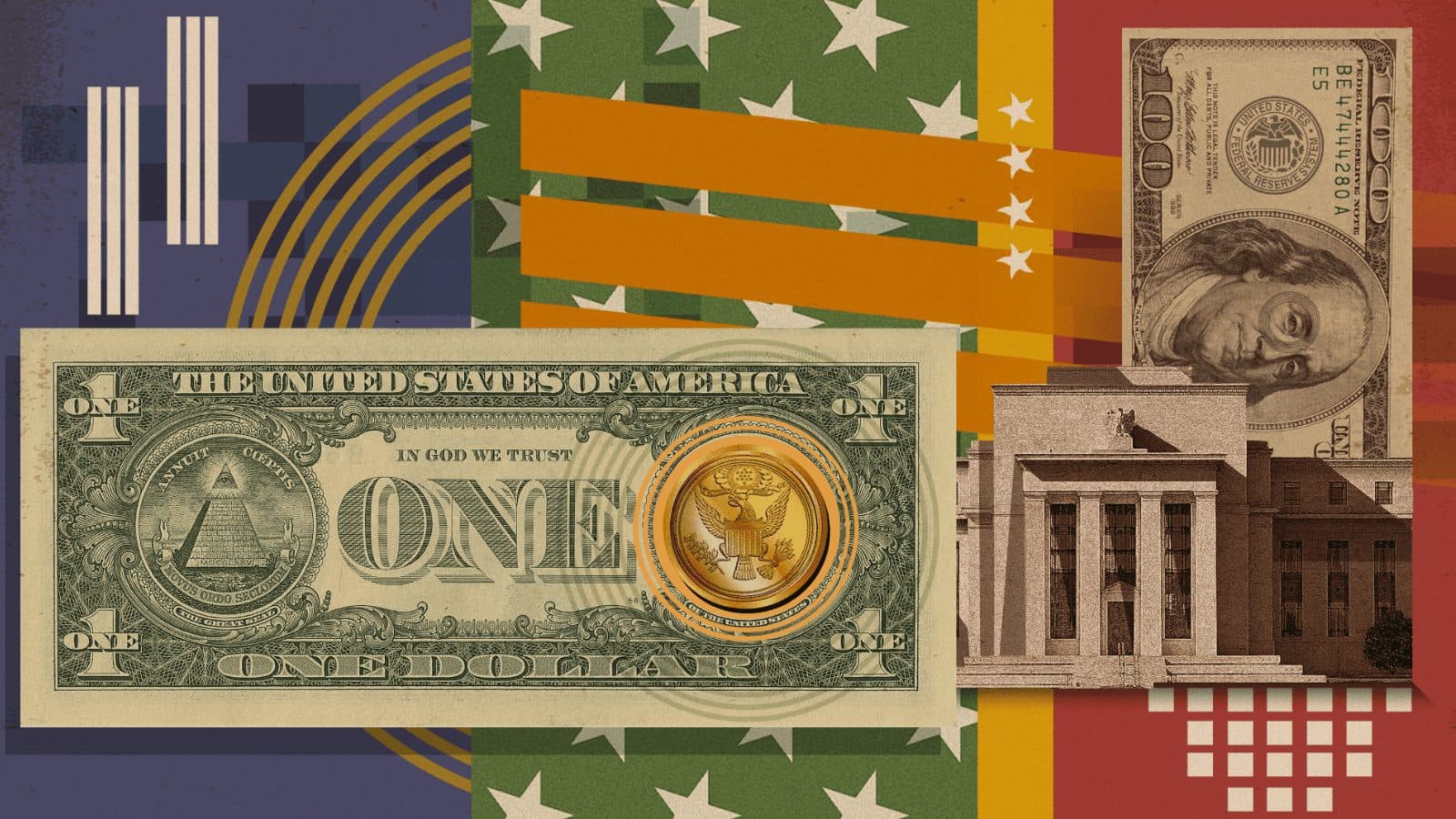Income Impacts How Consumers Use Crypto, Fed Report Says
Only 3% of US adults reported using crypto for purchases or money transfers, and they are most often lower income earners

Blockworks exclusive art by axel rangel
- Fed report shows that people who use crypto for transactions are twice as likely to be unbanked
- Higher income earners are more likely to use crypto as an investment tool
While cryptocurrencies are used as an investment tool “far more” often than as a means of payment, how digital asset holders think about tokens comes down to their income level, the Federal Reserve said in a recent report.
Twelve percent of adults in the US reported holding digital assets and 3% reported using crypto for purchases or money transfers, according to the Fed’s Economic Well Being of US Households (SHED) report.
In 2021, almost 60% of adults who used cryptocurrencies for transactions had an annual income of $50,000 or less, the Fed said in the report, while 24% of transactional users reported an annual income of $100,000 or less.
These users are also disproportionately unbanked, the Fed said. Lower income adults are less likely to have a traditional banking relationship, but transactional crypto users were found to be twice as likely to be unbanked as peers in the same income bracket.
Among the respondents, 27% of people using crypto transactionally report they don’t have a credit card, the Fed noted, compared with 17% of non-crypto users.
The report might help advance crypto policy in Washington, some speculate, as it shows a legitimate use case for digital assets.
“[It’s] great news as it relates to the House Financial Services Committee that met late last year, which emphasized, on a bipartisan basis, that crypto could help the unbanked and democratize the banking system,” David Tawil, president of crypto hedge fund firm ProChain Capital, said.
“The fact is that crypto cannot be ignored and serves the public well; especially that part of the public that is shut out of the traditional banking system.”
On the other hand, those who hold cryptocurrency purely for investment purposes are disproportionately high-income, the Fed said. These investors also almost always have a traditional banking relationship and other retirement savings vehicles in addition to their crypto holdings, the report noted.
In 2021, 46% of those using cryptocurrencies only for investment had an income of $100,000 or more, while 29% had an income under $50,000.
Get the news in your inbox. Explore Blockworks newsletters:
- The Breakdown: Decoding crypto and the markets. Daily.
- 0xResearch: Alpha in your inbox. Think like an analyst.






